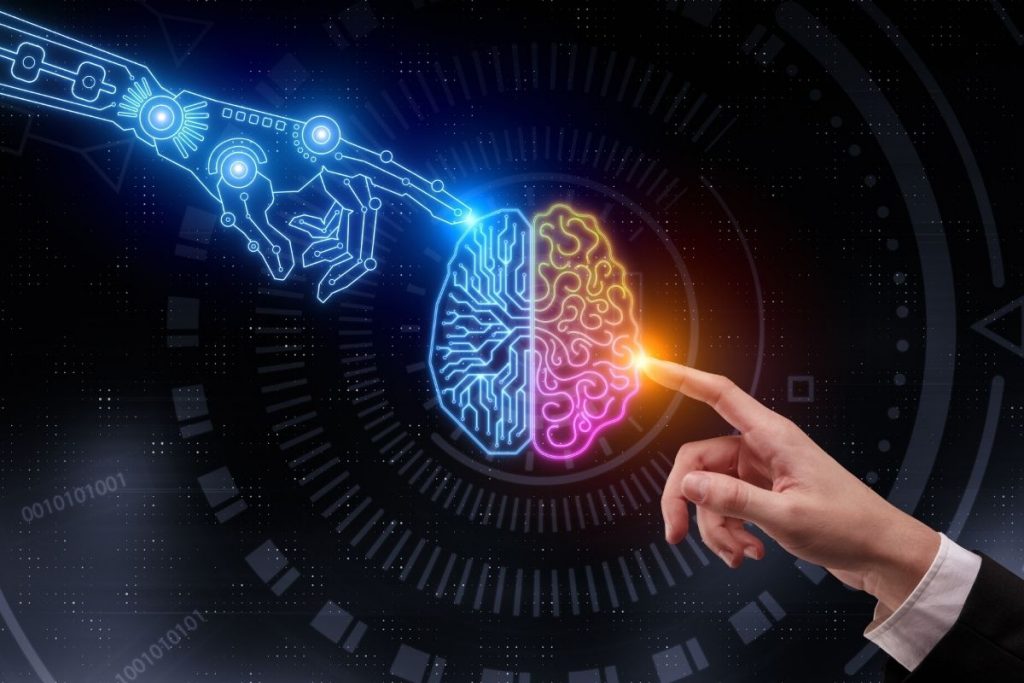We started a new series of content focused on the creation of automatic content through artificial intelligence. We will deal with all the variants within this field, as well as the different variables involved in the generation of automatic content using artificial intelligence.
Answering the initial question, yes, it is possible to create different types of content without the need to write manually. This technology has emerged thanks to the development of artificial intelligence, but, to a greater extent, due to the need to create large amounts of “new” content for sectors such as tourism or marketing.
The gear of automatic content creation
The first step to understanding it is Natural Language Processing (NLP). This is a field within Artificial Intelligence that connects machines with people breaking the traditional form of communication that has always been had, where the programmer had to adapt to the machine to communicate with it. With NLP, any human language can be treated and understood by a computer. From here on, the possibilities that have emerged in recent years are practically endless.
Where can this technology be applied?
The practical effects of technology are proof of its true value. So much so, that one of the main barriers to entry that AI has is ignorance about the number of actions and processes in which it can cause a benefit for a company or society in general. In this case, we can apply automatic content generation in:
- Text editing: All texts that are written by people who are not native to their language may need small modifications that make it more natural. The revision of this content is also possible through this technology.
- Machine translation: This aspect is much more exploited today and is known to everyone. Some examples are the Google or DeepL translator capable of translating thousands of characters in a few seconds into almost any language.
- Smart writing: This is perhaps one of the main improvements in terms of performance. Beyond correcting or translating, this technology can create in a totally original way, as well as improve texts that are not very explicit or poorly written.
- Discover topics: Because the basis of the NLP is to understand human language through a system, it can also be used to investigate new topics within a sector.
Will this be the creation of content of the future?
Technology exists, but its limits do not. All that remains is for companies to opt for it to improve their performance and profitability. As you can see, more and more digital tools have traces of NLP and it is clear that they have a real application. Is it possible for a robot to create all the content? The answer will only be known to those who believe in it.

